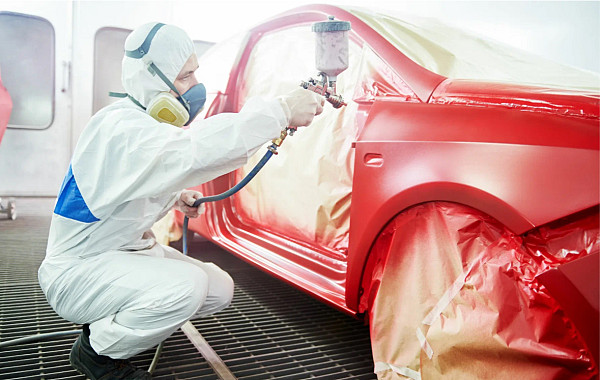
Painting
Coating a car with paint not only gives it an aesthetic appearance, but also serves as reliable protection for the body from rust. Modern professional painting services offer a variety of options and ensure high quality both when restoring individual areas of the paintwork material and when completely applying the coating to the car.
The process of preparing a car for painting requires strict adherence to all stages in order to ensure a high-quality and durable coating. Depending on the type of painting — be it partial painting (one part), spot painting (masking a scratch or chip) or complete (painting the entire car) — as well as on the condition of the parts (new without coating or already painted at the factory), the sequence of actions and technology Painting may vary. Despite these differences, the execution order remains the same:
— Washing;
— Rust removal;
— Putty;
— Gluing parts with protective film before priming;
— Padding;
— Selection of primer type;
— Drying;
— Matting;
— Blowing the car with compressed air;
— Protection of parts that cannot be painted;
— Painting;
— Polishing.
As we have seen, the process is quite long and painstaking. Therefore, you should carefully follow all the points if you have entrusted your car to an unfamiliar mechanic.
Any work related to painting cars requires highly qualified and significant experience from the car painter.
On average in Russia, the price for a service can vary from 2 thousand for a separate part and up to 200 thousand for complete painting with high-quality materials ($20.6 — $2067).
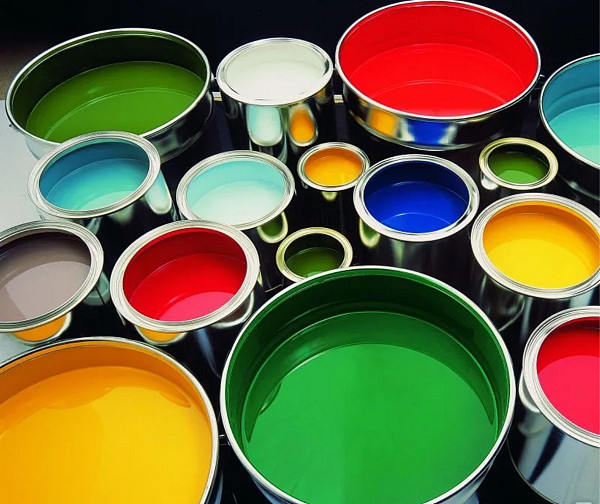
Types of painting
Now it's time to move on to analyzing the types of painting jobs.
Pneumatic or air. This method involves the use of an air spray gun. The advantages of this method are its versatility: it is suitable for various types of paints. Low-pressure spraying produces a very thin layer, which ensures high-quality painting even on complex parts with uneven and curved surfaces.
The main negative quality is the significant consumption of paint, since due to low pressure, part of the sprayed material does not reach the surface, but may simply remain in the air and settle around.
Airless painting. This method involves the use of a spray gun, which creates high pressure through a pump. At the same time, the feeding speed of the coloring material is significantly higher than the air method.
Hand painting. This process is carried out using a brush, with which the master rubs chips and scratches.
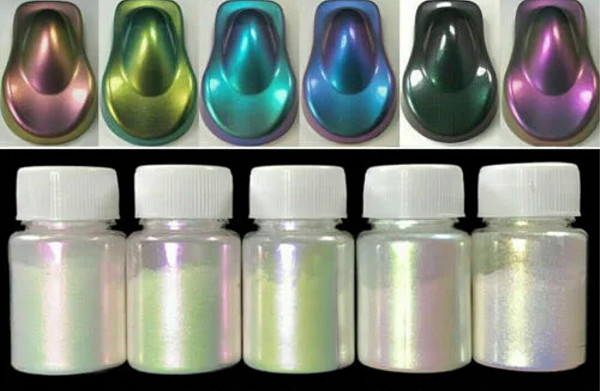
The disadvantages of powder coating include the following:
— Impossibility of creating individual colors. The choice is limited to ready-made shades from the palette, but manufacturers have a very diverse range, so the chance of not finding a suitable color is minimized.
— Not universally available. Not all regions already have service centers equipped with the necessary equipment for this technology.
—Limitations in painting individual parts due to the minimum coating layer, which is 35 microns.
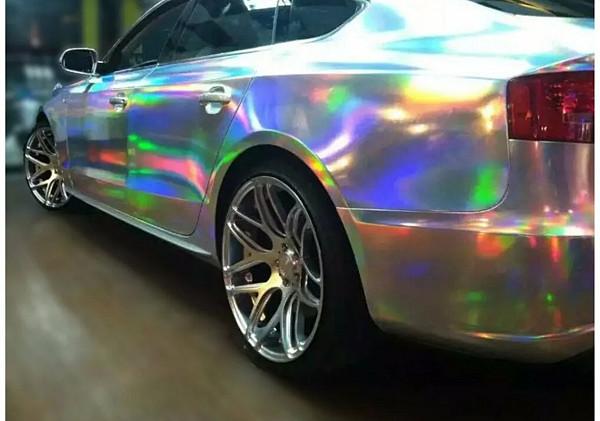
Styles
Pearlescent coating. Application is carried out in three layers, which creates a “chameleon” effect.
Matte finish. Achieved through the use of a final matte varnish.
Mirror finish «silver» or «gold». To achieve a reflective effect, four layers are used: two layers of paint and two layers of varnish (black base, base color, translucent varnish and finishing clear varnish).
Painting «Candy». This technique involves washing out paint and applying up to eight layers of different shades of the same color, from darkest to lightest.
Painting «Plasty dip». This is not only the creation of a unique design, but also a protective coating based on liquid rubber, which is highly durable. Using this method, you can realize many special effects — the surface can be glossy or matte, with a mother-of-pearl, metallic or chameleon effect.
Fluorescent painting. It glows in the dark and changes colors to bright colors when exposed to sunlight.
Airbrush. This is not just painting — it is a full-fledged design project with unique designs and various special effects.
Thermochromic painting. It is similar to airbrushing, but the design appears only on heated areas of the car, using special heat-sensitive paint.
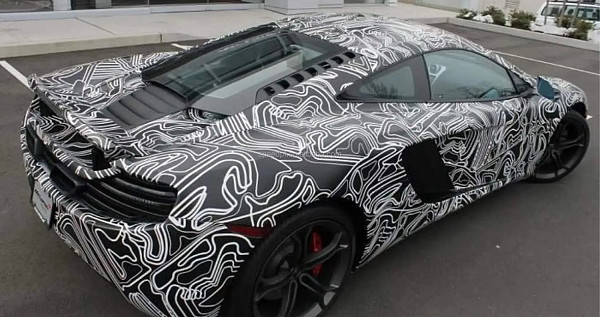
Vinyl or polyurethane — what's the difference?
Vinyl film is a standard transparent material approximately 100 microns (0.1 mm) thick, often used for wrapping automobiles.
It effectively protects against minor scratches, branches, sand and damage caused by careless washing.
However, it also has disadvantages: it quickly loses color under bright sunlight and turns yellow from chemical reagents.
Vinyl wrap can also be matte, which adds an element of style. But it is worth considering that if a scratch or small chip appears, you will need to re-glue the entire area, or you will have to put up with a deterioration in appearance.
Polyurethane film (sometimes called urethane) has high strength, usually has a thickness of about 150 microns, but can reach 300 microns.
It effectively protects against large chips and deep scratches, making it more suitable for motorists than vinyl wrap.
Polyurethane allows ultraviolet rays to pass through, eliminating the need to wrap the entire car to maintain the same shade. Film-finished and unprotected parts of the body will look the same in color even after many years of use.

